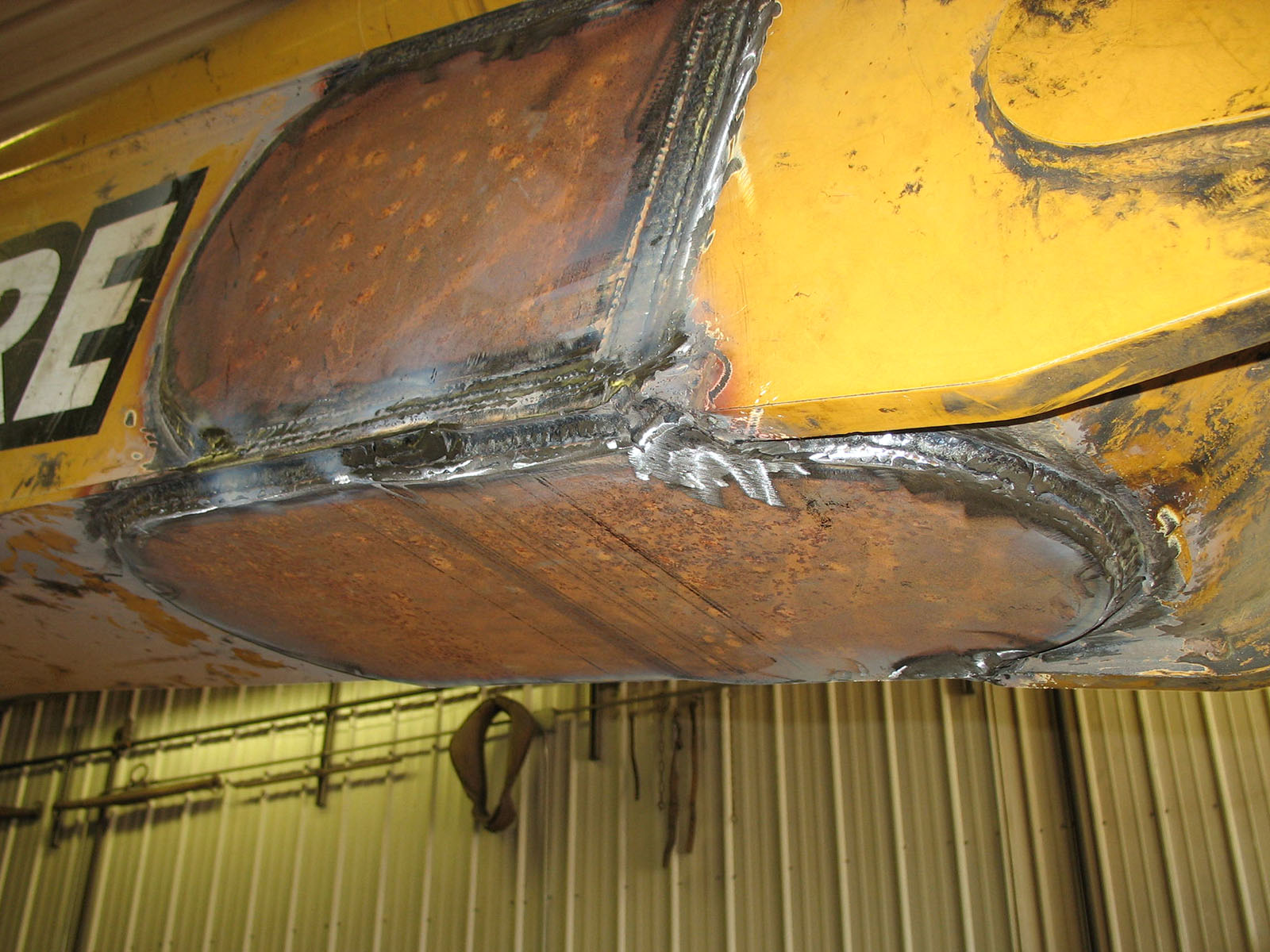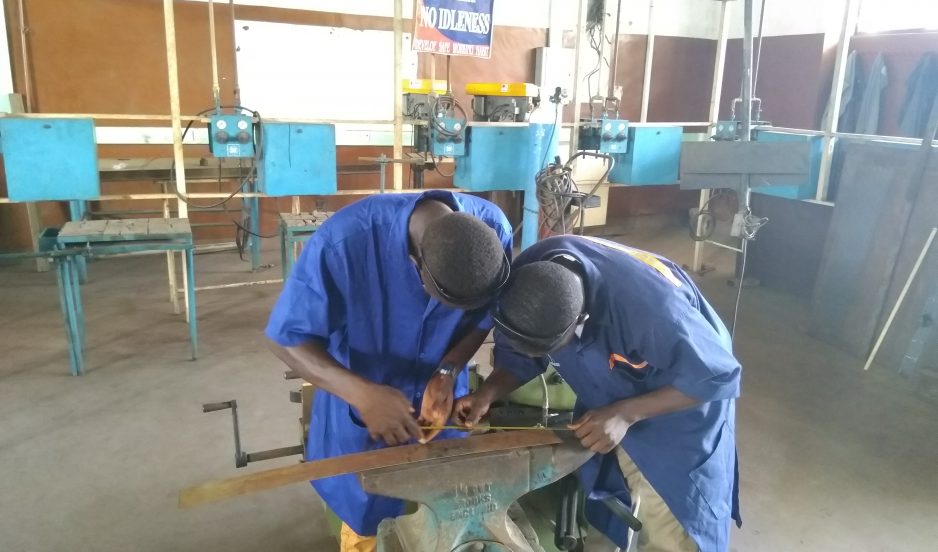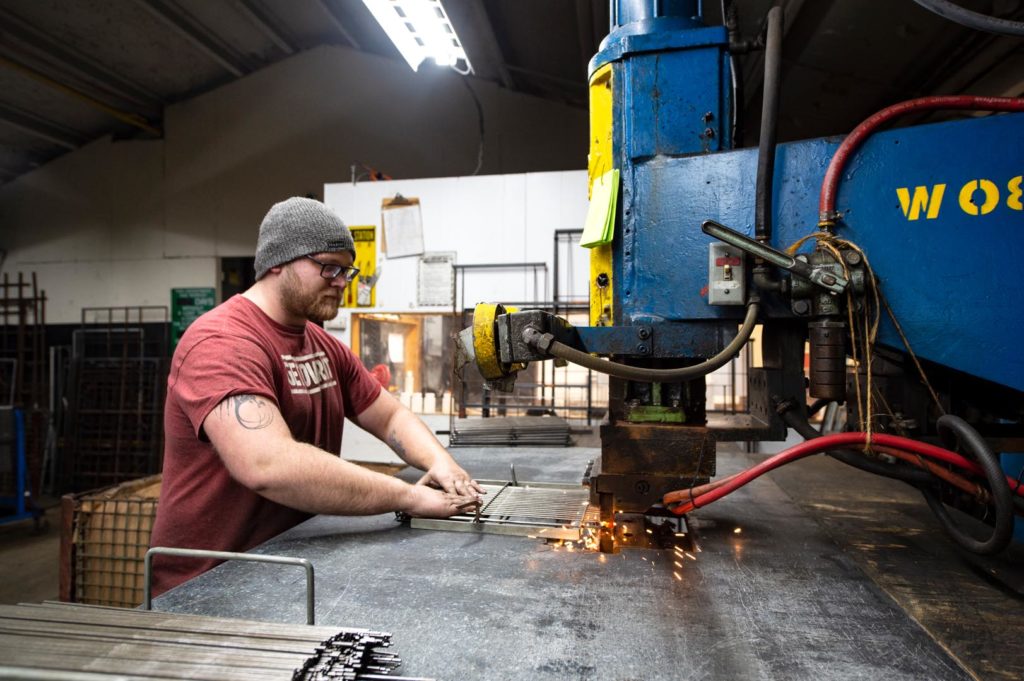Typical Welding Repair Issues and How to Address Them Properly
Welding repairs commonly encounter a range of concerns that can endanger the integrity of the final item. Usual problems include inadequate penetration, porosity, and misalignment, to name a few. Each problem presents distinct challenges that require specific strategies for resolution. Comprehending these problems is vital for welders aiming to improve their outcomes and abilities. This conversation will certainly check out these usual welding repair service problems and efficient techniques to resolve them.
Poor Penetration
Poor penetration happens when the weld steel falls short to fully fuse with the base product, leading to weak joints and possible structural failures. This concern commonly originates from inadequate warmth input, wrong electrode angle, or inappropriate welding rate. Welders might encounter inadequate penetration because of a mistake of the required criteria for a particular material thickness or type. Furthermore, contamination on the base material's surface can prevent reliable bonding, exacerbating the problem. To attend to inadequate penetration, welders should assure ideal setups on their tools and maintain a clean work surface. Normal examination of welds is recommended to determine any type of deficiencies early, permitting prompt corrections and the prevention of compromised architectural integrity in welded settings up.
Porosity
Porosity is an usual issue in bonded joints that shows up as small gas bubbles trapped within the weld metal. This flaw can compromise the honesty of the weld, bring about decreased stamina and potential failing under anxiety. Belgrade Fabrication. Porosity normally develops from contamination, moisture, or improper welding methods, which permit gases to get away into the molten weld pool. To address porosity, welders must assure correct surface area prep work, preserve a tidy functioning environment, and make use of appropriate welding specifications. Furthermore, choosing the best filler product and protecting gas can minimize gas entrapment. Regular assessment and testing of welds can assist recognize porosity early, ensuring timely rehabilitative activities are taken, thereby maintaining the high quality and reliability of the welded framework
Misalignment
Imbalance in welding can occur from different factors, consisting of improper arrangement and thermal growth. Recognizing the origin creates is vital for reliable resolution. A number of improvement techniques are readily available to realign elements and assure architectural stability.
Reasons of Misalignment
Welding imbalance usually comes from a variety of underlying issues that can endanger structural honesty. One main reason is improper fit-up of elements prior to welding, which can result in spaces and irregular surface areas. Variations in thermal expansion throughout the welding procedure can also cause distortion, especially if the products being signed up with have various coefficients of expansion. In addition, poor fixturing and securing may stop working to hold parts safely in place, causing movement during welding. Badly maintained devices, consisting of welding devices and tools, might present incongruities in the weld grain, additional adding to misalignment. Driver mistake, stemming from not enough training or experience, can also play a significant role in developing misaligned welds.

Adjustment Techniques Available
Dealing with misalignment properly needs a mix of corrective strategies customized to the specific concerns at hand. One common method is the use of fixtures or jigs to hold elements in the proper position throughout welding, guaranteeing regular alignment. In addition, preheating the products can help in reducing distortion and enhance fit-up. For significant misalignment, mechanical adjustment strategies, such as utilizing hydraulic jacks or clamps, can be employed to remedy the position before welding. Post-weld warm treatment might also be essential to alleviate anxieties triggered by imbalance. Lastly, mindful assessment and modification during the configuration stage can protect against misalignment concerns from becoming considerable problems, promoting a smoother welding process and enhancing overall structural stability.
Distortion
Distortion is a typical obstacle in welding that can arise from different elements, consisting of unequal cooling and heating. Comprehending the sources of distortion is necessary for applying efficient prevention techniques. Addressing this problem not only enhances structural integrity however also boosts the general high quality of the weld.
Reasons of Distortion
When subjected to the intense warm of welding, materials usually undertake changes that can bring about distortion. This phenomenon primarily arises from thermal development and tightening during the welding procedure. As the weld location heats up, the material expands; upon air conditioning, it gets, which can create inner stresses. In addition, uneven home heating across a work surface can aggravate these stresses, leading to warping or bending. The kind of product likewise plays a considerable duty; steels with differing thermal conductivity and coefficients of growth may respond in different ways, resulting in uncertain distortions. Moreover, poor joint design and inadequate fixturing can contribute to imbalance during welding, raising the possibility of distortion. Recognizing these reasons is crucial for efficient welding repair and avoidance approaches.
Prevention Techniques
Effective prevention methods for distortion during welding emphasis on controlling warmth input and guaranteeing correct joint design. Maintaining a constant warm input helps to decrease thermal development and tightening, which can cause distortion. Making use of methods such as pre-heating the work surface can likewise reduce the temperature level gradient, advertising consistent home heating. Furthermore, picking appropriate joint styles, such as T-joints or lap joints, can boost security and minimize tension concentrations. Implementing correct fixturing to safeguard the work surfaces in position additionally help in preserving alignment during the welding procedure. Staggered welding sequences can distribute warmth extra evenly, protecting against localized distortion. By using these methods, welders can considerably decrease the probability of distortion and improve the overall quality of their welds.
Splitting
Fracturing is an usual problem run into in welding repair services, typically arising from various elements such as improper air conditioning rates, material option, or insufficient joint preparation. The occurrence of Your Domain Name splits can significantly compromise the honesty of the weld, causing prospective failures throughout procedure. To resolve this problem, welders should initially evaluate the root triggers, making certain that materials work and properly picked for the details application. In addition, regulating the cooling price throughout the welding process is crucial; fast cooling can cause anxiety and lead to cracking. Correct joint design and preparation also add to minimizing the risk. Implementing these strategies can improve weld quality and longevity, inevitably lowering the probability of fracturing in finished weldments.

Incomplete Combination
A considerable concern in welding repair work is incomplete combination, which takes place when the weld metal does not properly bond with the base material or previous weld passes - Belgrade. This flaw can bring about weak points in the joint, possibly jeopardizing the honesty of the bonded framework. Factors adding to incomplete blend consist of insufficient warm input, improper welding technique, and contamination of the surfaces being signed up with. To resolve this issue successfully, welders should ensure correct pre-weld cleansing and surface prep work, in addition to change their welding parameters to accomplish ample penetration and fusion. Routine examination during the welding procedure can also help identify incomplete combination early, enabling timely rehabilitative actions to improve the total high quality of the weld
Overheating
While welding repair work can boost structural integrity, overheating offers a significant difficulty that can cause material degradation. Extreme warm during welding can change the mechanical homes of metals, resulting in lowered stamina, boosted brittleness, and warping. This sensation is specifically important in high-stress applications where architectural integrity is extremely important. Recognizing overheating can click over here involve aesthetic inspections for staining or distortion, along with keeping an eye on temperature level during the welding process. To minimize the risks connected with getting too hot, welders must utilize suitable methods, such as controlling warm input, changing travel rate, and using ideal filler products. Furthermore, executing pre- and post-weld warm treatments can assist bring back material residential properties and enhance the overall quality of the repair work, ensuring long-term efficiency and security.
Often Asked Questions
What Are the Usual Signs of a Welding Defect?

Just How Can I Evaluate My Welds for Top quality?
To examine welds for quality, one can utilize visual inspections, ultrasonic screening, and radiographic approaches. Each technique ensures structural honesty, identifies flaws, and validates adherence to defined criteria, eventually improving the dependability of the welded joints.
What Security Preventative Measures Should I Take While Welding?
When welding, one ought to focus on security by putting on appropriate personal protective tools, guaranteeing proper air flow, securing flammable materials away, keeping a tidy workspace, and recognizing environments to avoid injuries and crashes.
Can I Repair a Weld Without Redoing the Entire Joint?
Repairing a weld without renovating the entire joint is feasible, relying on the damage (Fabrication). Techniques such as grinding, including filler product, or utilizing a welding process can efficiently deal with specific defects while maintaining the bordering structure
What Equipment Are Essential for Reliable Welding Services?
Important tools for efficient welding fixings include a welding device, cable brush, grinder, protective equipment, clamps, and filler materials. Each device plays a crucial role in making certain quality and safety throughout the repair service procedure. Porosity typically develops from contamination, dampness, or incorrect welding techniques, which permit gases to leave right into the molten weld swimming pool. Inadequately kept tools, including welding machines and tools, may introduce variances in the weld grain, more adding to misalignment. When subjected to the extreme warm of welding, materials commonly go through adjustments that can lead to distortion. Fracturing is an usual problem encountered in welding fixings, frequently resulting from numerous elements such as incorrect cooling rates, material selection, or insufficient joint prep work. A substantial issue in welding repair work is incomplete blend, which takes place when the weld steel does not effectively bond with the base product or previous my sources weld passes.